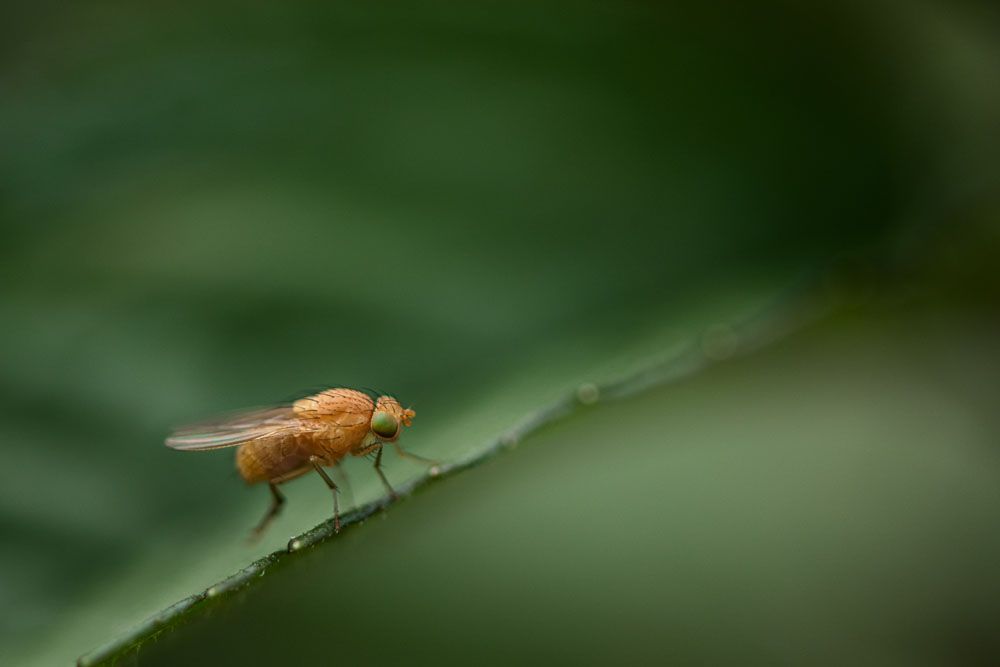
Sunflower Maggot – Strauzia longipennis
Sunflower Maggot (Strauzia longipennis)
Latin Name: Strauzia longipennis
Common Name: Sunflower Maggot
Appearance:
- The white eggs are around 1 mm long and have an elongated form.
- The larvae, often known as maggots, are up to 7 mm long (in the last instar) and creamy white.
- The pupae are white brown and somewhat elongated.
- Adults are about 6 mm in length and have a 13 mm wingspan. Their eyes are red and green, while their bodies are yellow to orange in colour.
- Their wings are coated in light and dark brown bands that form an F pattern as they get closer to the wingtips.
Host plants: Sunflowers are the primary food source for the sunflower maggot, although they will also eat other plants.
Territory: Sunflower Maggot is native to North America
Damage caused by Sunflower Maggot:
As they eat up and down the path of the stem, larvae construct tunnels. The pith can be damaged in severe infestations, leaving the stem vulnerable to fracture. Discolored scar tissue, which forms when the adult punctures the stem to deposit its eggs, and exit holes, which can number up to 20 depending on the infestation, is other symptoms linked with S. longipennis.
Life history and Habits:
In North America, Strauzia longipennis has just one generation every year. Adults emerge in June and remain active until July. In the stems of immature sunflower plants, they deposit their eggs. The eggs hatch after one week, and the larvae feed on the pith (= the soft centre tissue of the stem). The larvae go through three instars during the following six weeks. Mature larvae then depart the plant in mid-August to find a suitable overwintering location, which is frequently beneath plant detritus or the upper soil layer. The larvae pupate and the pupae stage lasts all winter.
